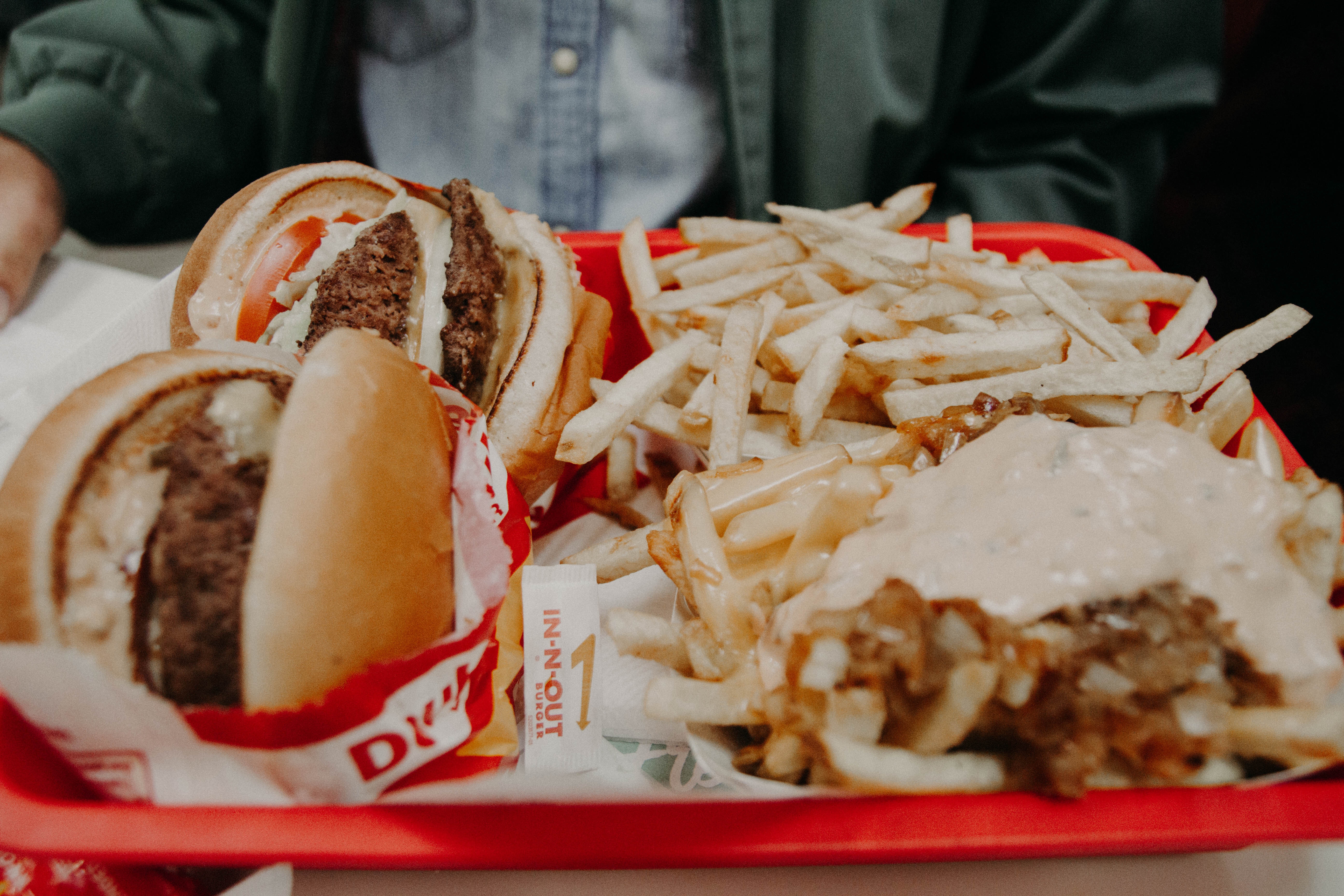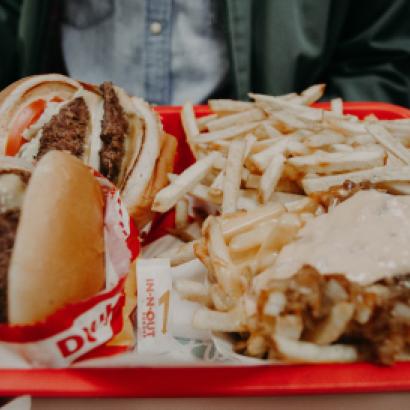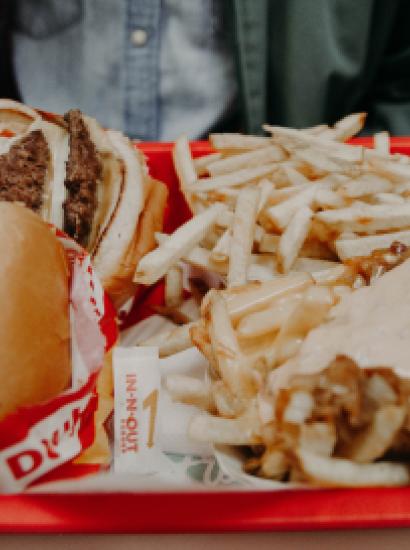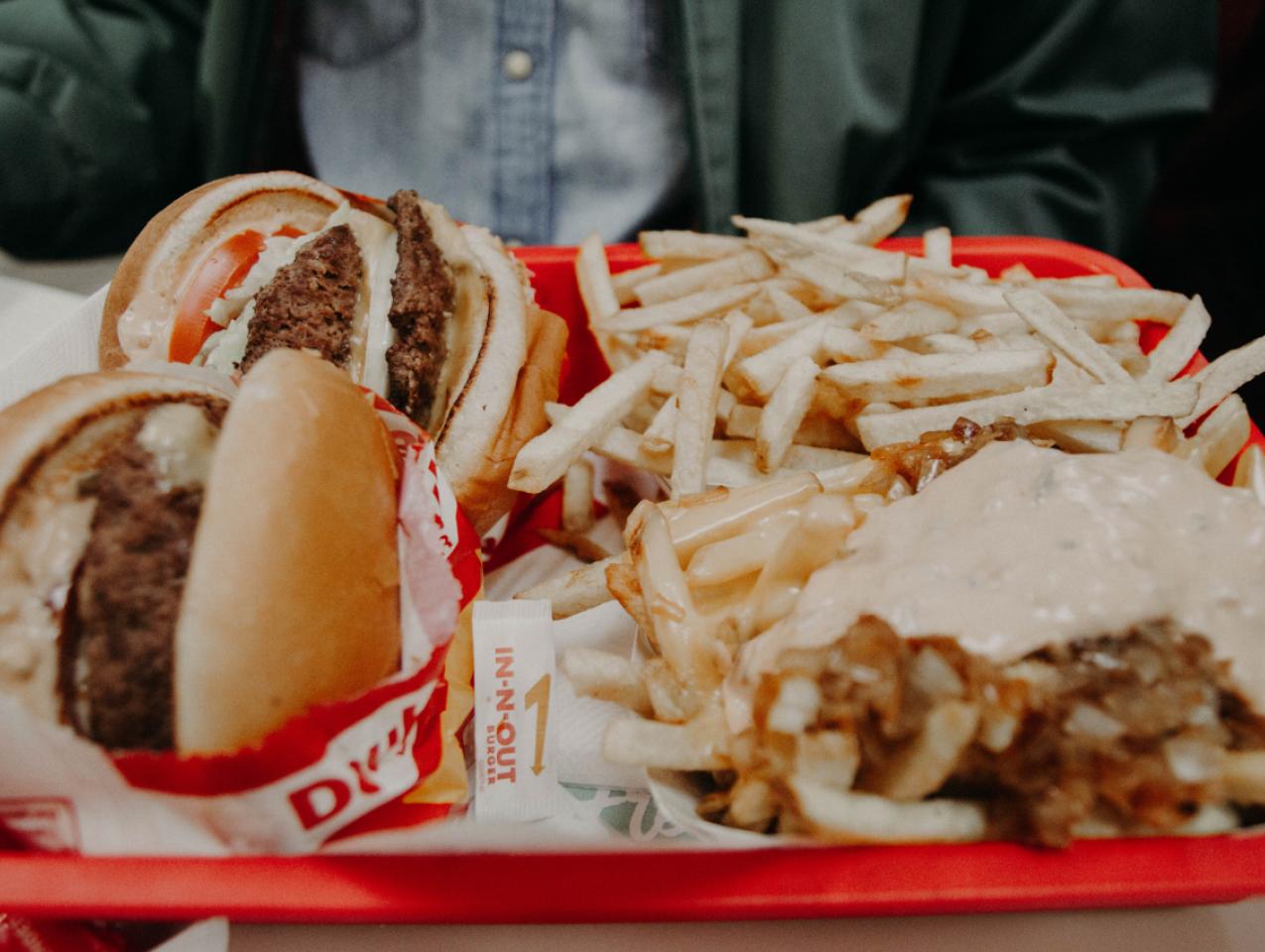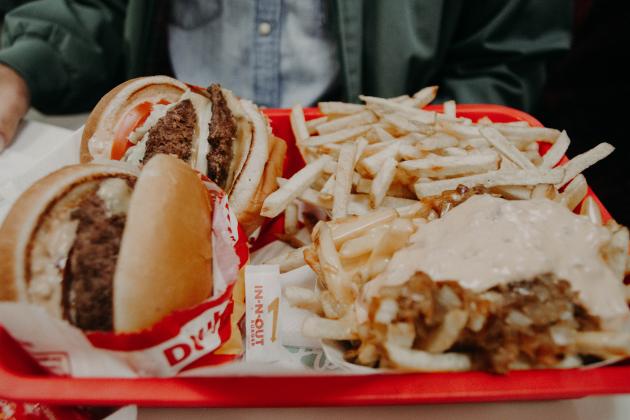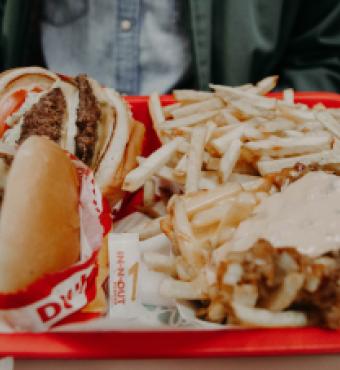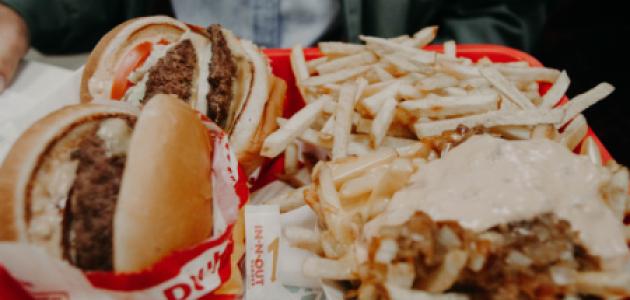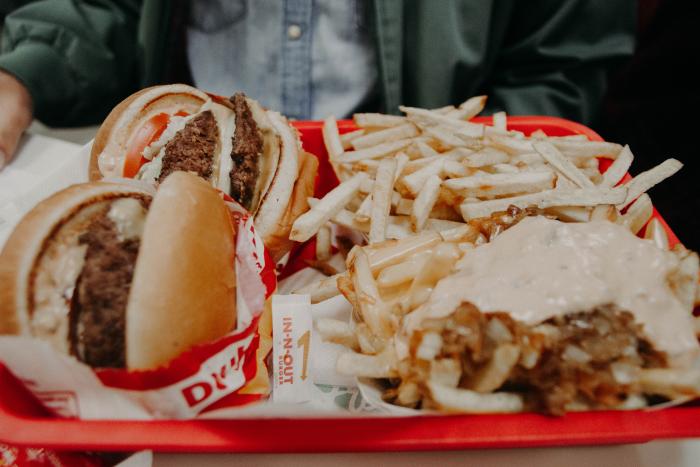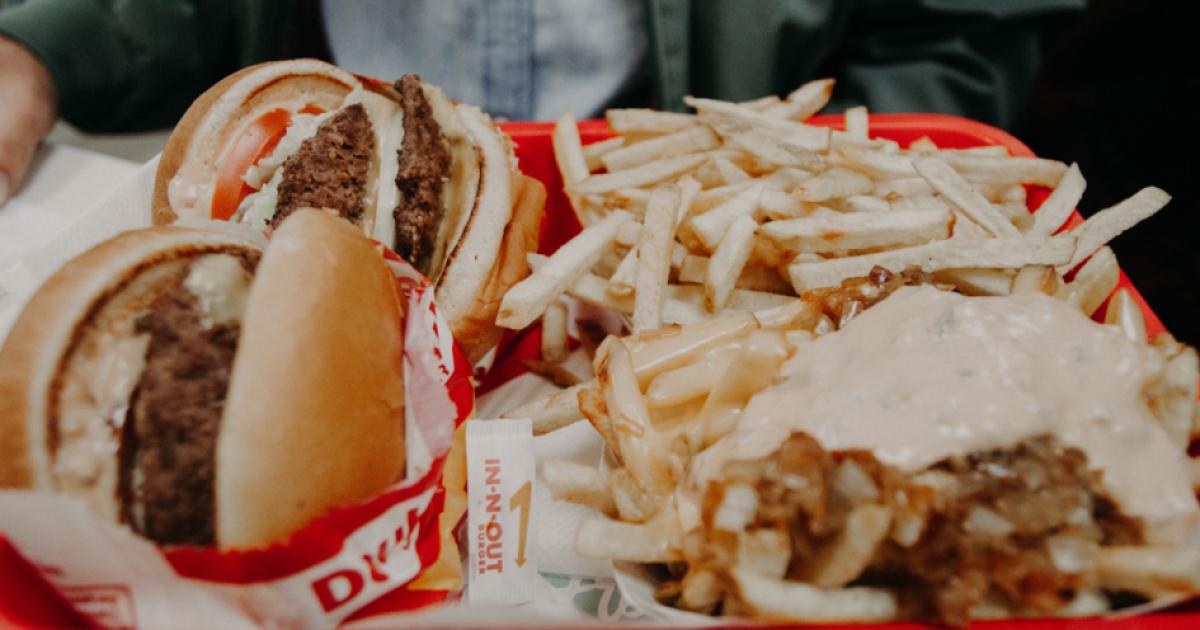- California
California’s new fast-food law establishes a politically appointed council with unprecedented power to regulate the industry by setting worker wages, hours, and other working conditions. The law applies to any fast-food chain in California that has at least 100 stores nationwide sharing a common brand. This is not just government overreach on steroids. This bill essentially kills the franchisor-franchisee model within the industry and will almost certainly destroy thousands of jobs by driving up the cost of doing business and increasing the level of automation in the industry.
The new law couldn’t have come at a worse time. According to the most recent data from the Bureau of Labor Statistics, employment in California’s fast-food industry remains nearly 20 percent below its pre-pandemic level (representing a loss of more than 75,000 jobs). Even more disturbing is that industry employment continued to decline even after the height of the pandemic, losing another 25,000 jobs between the spring of 2020 and the spring of 2021 (data for 2022 are unavailable).
The average fast-food restaurant is marginally profitable, with profit margins averaging between 6 and 9 percent in normal times, and franchisee capital requirements are large, sometimes requiring $2 million or more to get a franchise up and running. Most fast-food workers are young, and many work part time, which tends to lead to high turnover, as high as 143 percent annually. This means that over the course of a year, a workplace that begins the year with 100 employees will need to hire 143 workers over the course of that year to finish the year with 100 employees. Not surprisingly, 78 percent of fast-food restaurant operators indicate that recruiting and retaining workers is their top priority.
The bill passed both the 80-member State Assembly and the 40-member State Senate by only one vote in each chamber, despite the state’s having a 60–20 Democratic supermajority in the Assembly and a 31–9 supermajority in the Senate. No Republican lawmakers supported the bill.
The question that needs to be asked is why such an extreme law was passed and signed into law by California governor Gavin Newsom, whose finance department opposed the bill. The bill was marketed as being necessary to protect worker health and safety and fight employer wage theft. But there are of course existing laws at the federal and state level that protect worker safety and health, and California passed a new law last year that makes wage theft a criminal offense in California. Former Clinton administration labor secretary Robert Reich remarked that California is home to the “nation’s foremost set of laws to protect workers.”
California’s new fast-food law is not about protecting its workers. It is an under-the-radar attempt by politicians to increase unionization. Union fingerprints are all over this bill. Unionized businesses—those operating under a collective bargaining agreement—are exempt from the new law. Just like that. Like so many other recent California bills, the goal of this law is to increase the likelihood that a business will be unionized by raising the cost of not being unionized. The council will have substantial latitude to punish non-union businesses de facto, as the bill allows the council to set wages as high as $22 per hour, along with providing the right to dictate working hours and other conditions of employment. Suddenly, collective bargaining looks so much better than it did before the bill was signed into law, but only because the new law makes running a non-union business remarkably more expensive.
The Service Employees International Union (SEIU) was one of the strongest supporters of the bill. No surprise there. The SEIU has spent about $100 million since 2012 to raise the state’s minimum wage, which is another indirect way of increasing unionization. The SEIU will be the main beneficiary of the new law should restaurants cave and accept collective bargaining. Lorena Gonzalez, the chief officer of the California Federation of Labor, which is the umbrella organization of more than 1,200 labor unions within the state, was the original author of the bill when she was in the California State Assembly. Gonzalez believes that every workplace should be unionized and uses, shall we say, colorful language to characterize those who question the role of unions in today’s economy.
Private-sector unionization has been dropping for over 50 years. At one time, 40 percent of California workers belonged to a union. Today, less than 8 percent of private-sector workers in the state are unionized. There are two reasons why unionization rates have plummeted. One is that many of today’s workers wish to have the independence and flexibility to negotiate their own work arrangements rather than be subject to the terms of a collective bargaining, one-size-fits-all agreement. The other is that most US unions have an awful track record of representing the interests of their members. Major American unionized industries, including autos, steel, and rubber, have collapsed over time as chronic industrial conflict, including strikes and work slowdowns, resulted in American industries falling behind foreign producers, becoming uncompetitive, and losing hundreds of thousands of jobs in the process.
Job loss now looms large in the fast-food industry, an industry that is already transitioning from employees to machines. Robots and other forms of artificial intelligence are taking the place of workers in fast-food restaurants, and California’s new law will accelerate this process. Nala Robotics has introduced “The Wingman,” a robot that can bread, season, and perfectly fry chicken wings for $2,999 per month. It can also prepare other fried foods, including French fries and onion rings. Assuming a 10-hour restaurant operating day, “The Wingman” costs about $10 per hour to operate. Miso Robotics has developed “Flippy,” a robotic arm that can flip a burger or any other food that is cooked on a flat grill. Flippy, which cost Miso $50 million to create, rents for $3,500 per month, which includes on-site maintenance, or can be purchased for $30,000 per unit. Self-ordering kiosks, which sell for about $50,000, are taking the place of workers who take orders at the drive-through.
These devices are just the beginning. As AI technologies advance, even more sophisticated and cost-effective devices and software will appear and will take the place of any worker who cannot deliver a comparable profit to their employer.
California’s new law is in essence legislating away thousands of future jobs by preventing workers and employers from reaching employment agreements on their own terms. The law places failed union leadership above the interests of individuals who wish to work and business owners who wish to hire. And don’t be surprised if similar councils are formed in the future to organize workers in other industries. Unions are desperate for new recruits. After decades of losses, it appears that the only way that they can grow is by having legislators take away the freedoms that are crucial for individual prosperity and economic growth.







